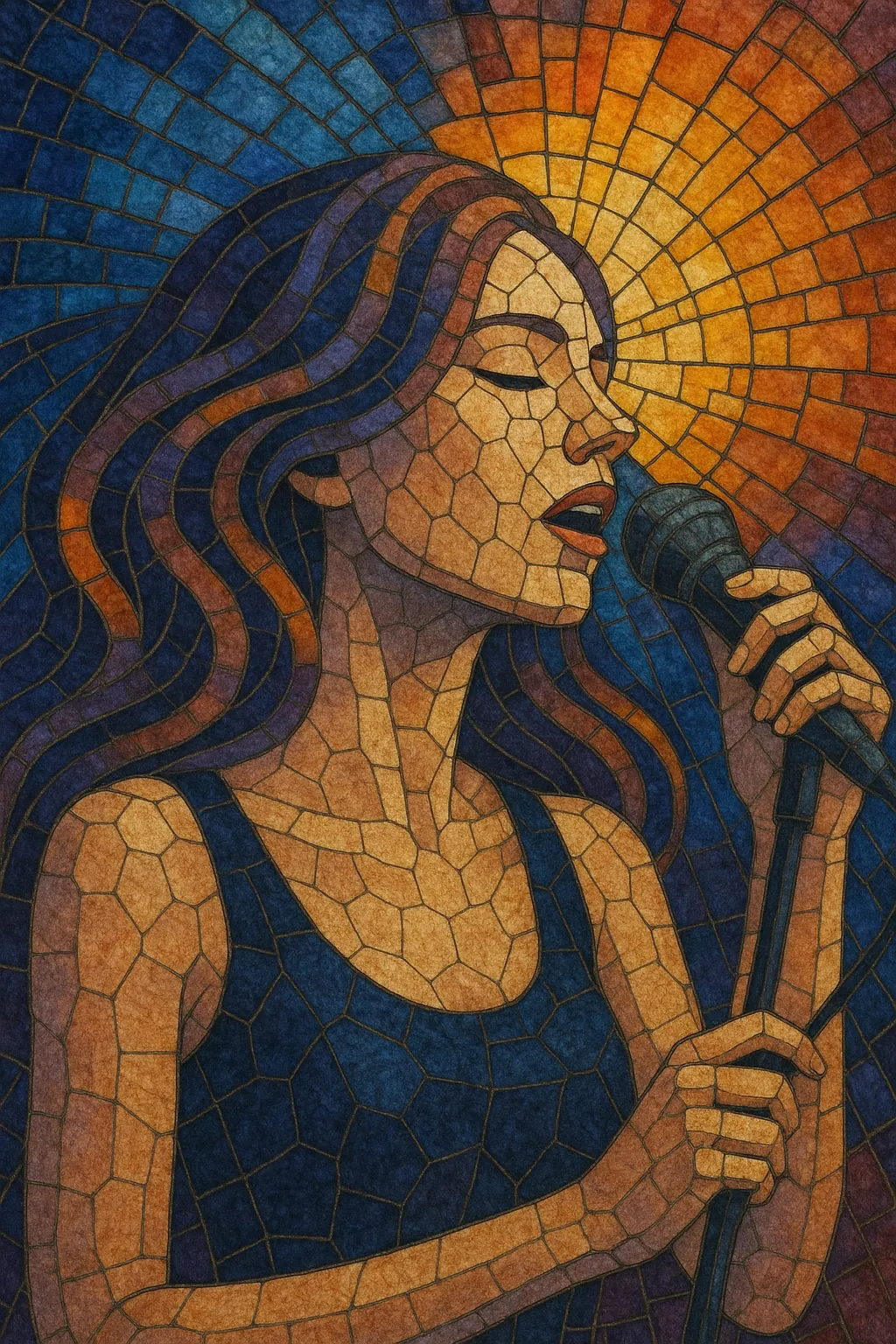
Vocal trance is a melodic, song-oriented branch of trance that foregrounds sung vocals—often emotive, anthemic choruses—within the euphoria and drive of club-ready trance production.
It typically runs at 130–138 BPM with a steady four-on-the-floor kick, rolling basslines, supersaw leads, lush pads, and wide reverbs and delays. Pop-like structures (verse, pre-chorus, chorus) are fused with trance’s extended breakdowns and tension-and-release builds, making the music equally suited to radio and large dancefloors.
The vocals—frequently airy female leads or expressive duets—carry themes of love, longing, uplift, and introspection, while the instrumentals support them with soaring, harmonically rich arrangements and dramatic drops.
Vocal trance emerged in continental Europe—particularly the Netherlands, Germany, and the UK—when producers began grafting full pop-style vocal songs onto trance’s euphoric, club-focused framework. Early examples drew from Eurodance’s catchy toplines and from uplifting/progressive trance’s longer breakdowns and emotional harmonies.
Labels such as Black Hole Recordings, Vandit, and early Armada-affiliated imprints nurtured this sound, pairing trance instrumentals with featured vocalists and radio edits.
The early 2000s saw vocal trance reach mainstream visibility. Artists and projects like Armin van Buuren, Tiësto, Ferry Corsten, ATB, Paul van Dyk, and OceanLab popularized the style worldwide. Anjunabeats (and OceanLab’s material) set a gold standard for songwriting-driven trance, while Dutch and German producers established a signature blend of euphoric builds, soaring hooks, and polished, DJ-friendly arrangements.
Radio shows (e.g., A State of Trance) and festival mainstages amplified the genre, as extended mixes coexisted with concise radio versions.
In the 2010s, vocal trance influenced vocal-led progressive house and broader EDM pop. Producers like Dash Berlin, Gareth Emery, and Cosmic Gate bridged classic trance aesthetics with contemporary festival sensibilities, while vocalists (e.g., Justine Suissa, JES, Emma Hewitt) became genre icons. Substyles such as uplifting vocal trance and progressive-leaning vocal cuts flourished, and remix culture kept classic acapellas in circulation.
Vocal trance remains a core strand of trance culture, sustained by dedicated labels, radio shows, and global events. Modern productions maintain the emotive songwriting while updating sound design—cleaner low end, modern sidechain dynamics, and hybrid influences from progressive house, big room, and pop—ensuring the style’s continued relevance in clubs, festivals, and streaming playlists.

